Intel Stakes Its Vision of the PC Future with 775 Launch
Intel Flex Memory Technology
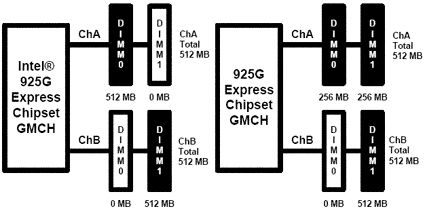
Two modules with different capacities will always be run in asymmetric mode. As soon as the capacity in both memory channels is the same, the chipset will run in symmetrical dual channel mode. As one would expect, the performance suffers, but it is still much better than running single channel.
It sounds much like another marketing buzz word, but there is real value behind it. With recent chipsets and motherboards, you can either insert DIM modules arbitrarily and run the system in single channel mode, or you can go for two DIMMs with the same capacity. Preferably, the memory pair should even be identical, so that it is possible to run the fastest timing settings.
Intel may have been very quick to realize that memory timings would only have little impact on their DDR2 / PCI Express / LGA 775 platform. This could be one reason why Flex Memory Technology was introduced. By looking more closely at this term, we quickly learn how it works: It is possible to run dual-channel modes with different memory equipment in order to facilitate upgrades. How does it sound to run dual channel with 2x 256 MB in one channel and 1x 512 MB in the other one?
Intel's presentation does not go into detail about the performance one can expect in this dual channel symmetric mode, so we decided to run a couple of benchmarks. Here we picked the ATI Radeon X600 and another 3.6 GHz Pentium 4 Processor 560, as our first test system was busy with the platform benchmarks.
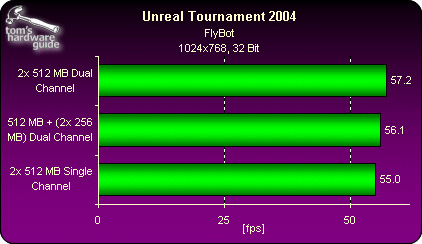

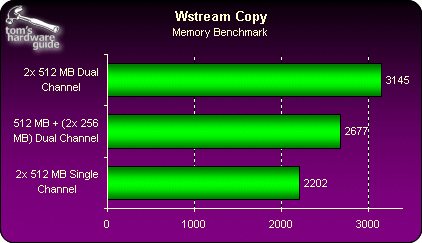
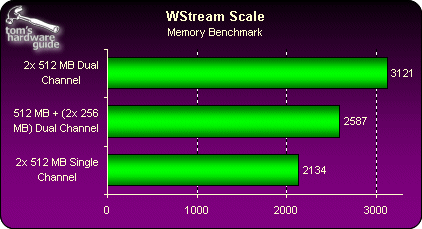
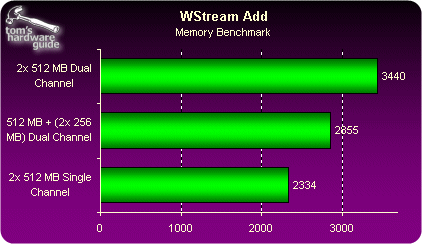
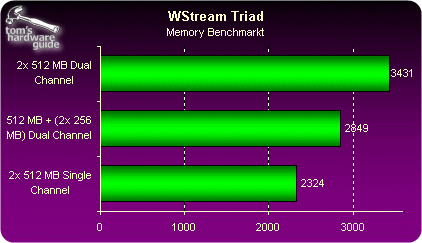
Get Tom's Hardware's best news and in-depth reviews, straight to your inbox.
Current page: Intel Flex Memory Technology
Prev Page DDR2 Memory Vendors Next Page New Interlink: PCI Express